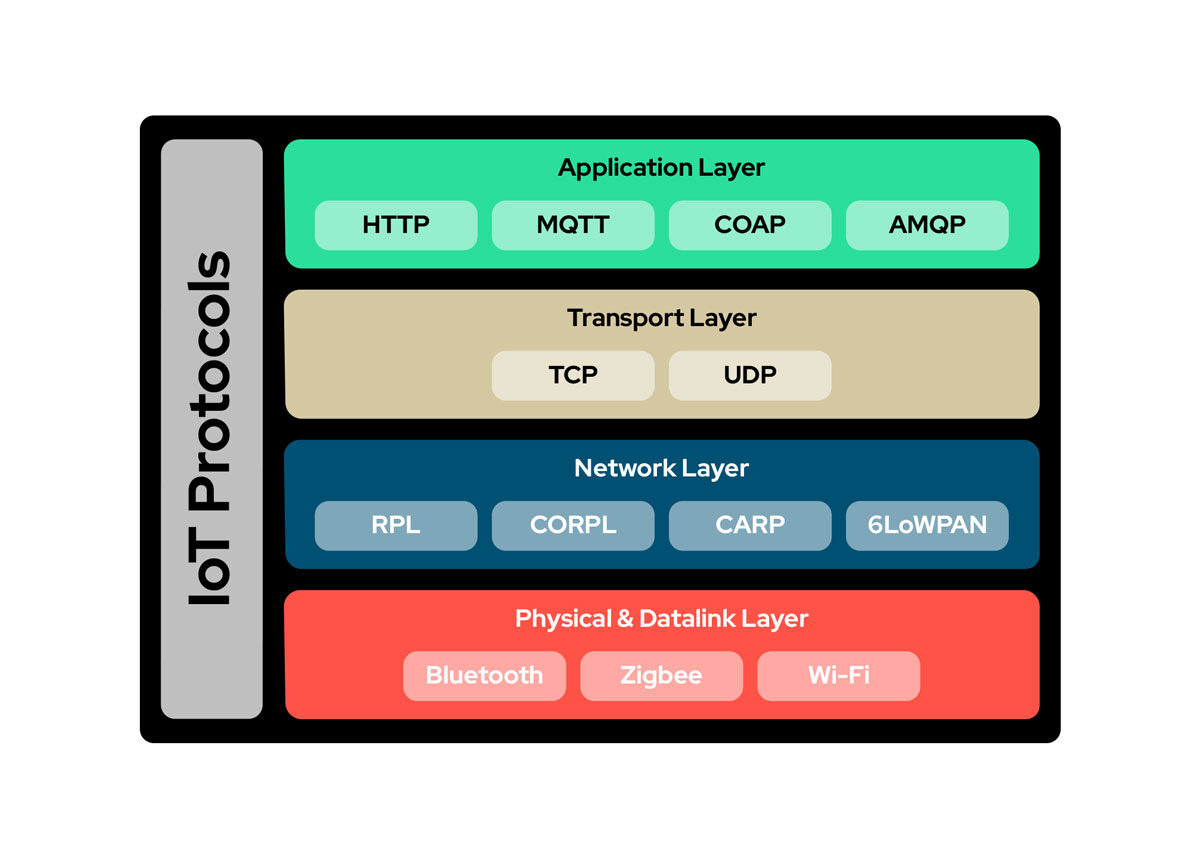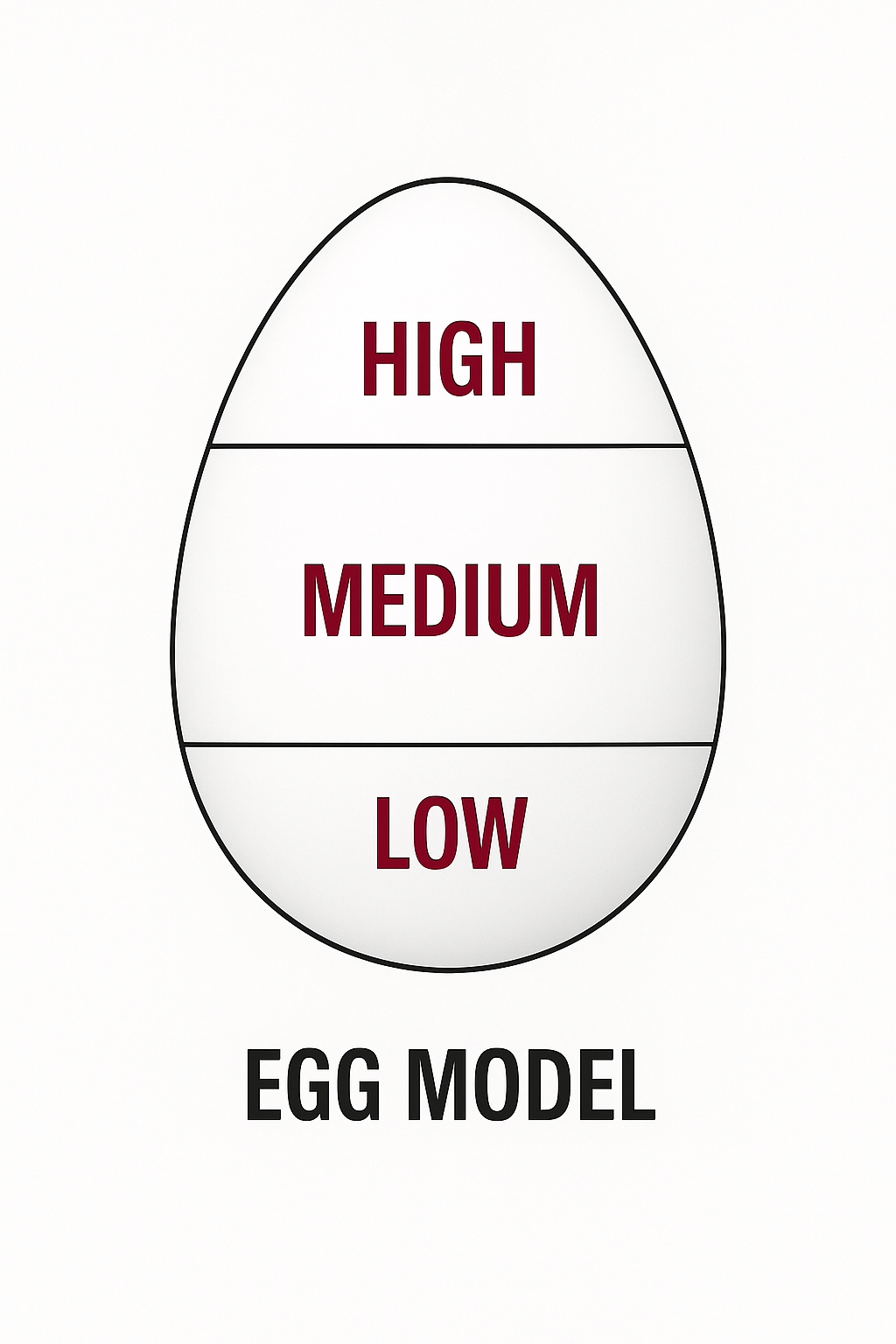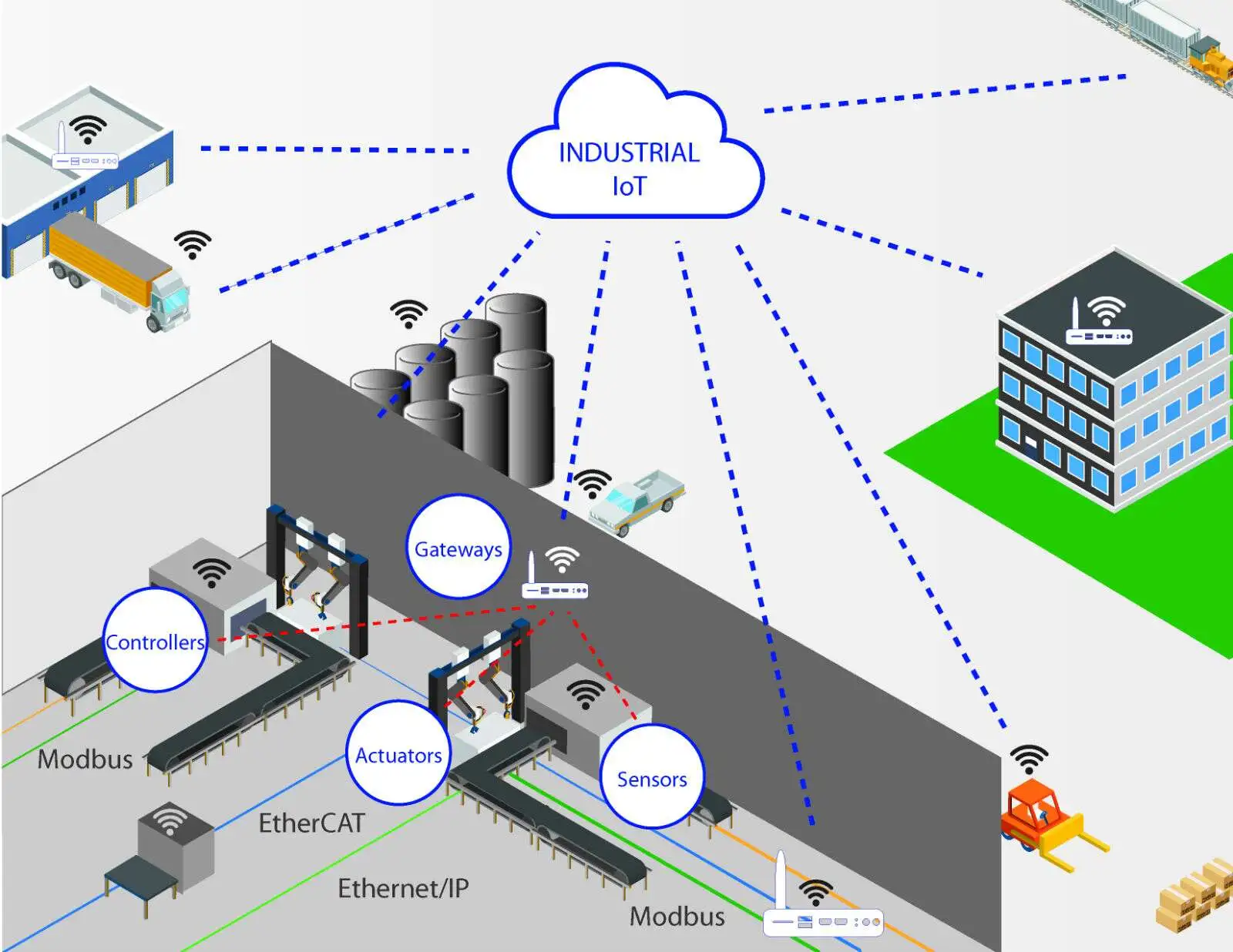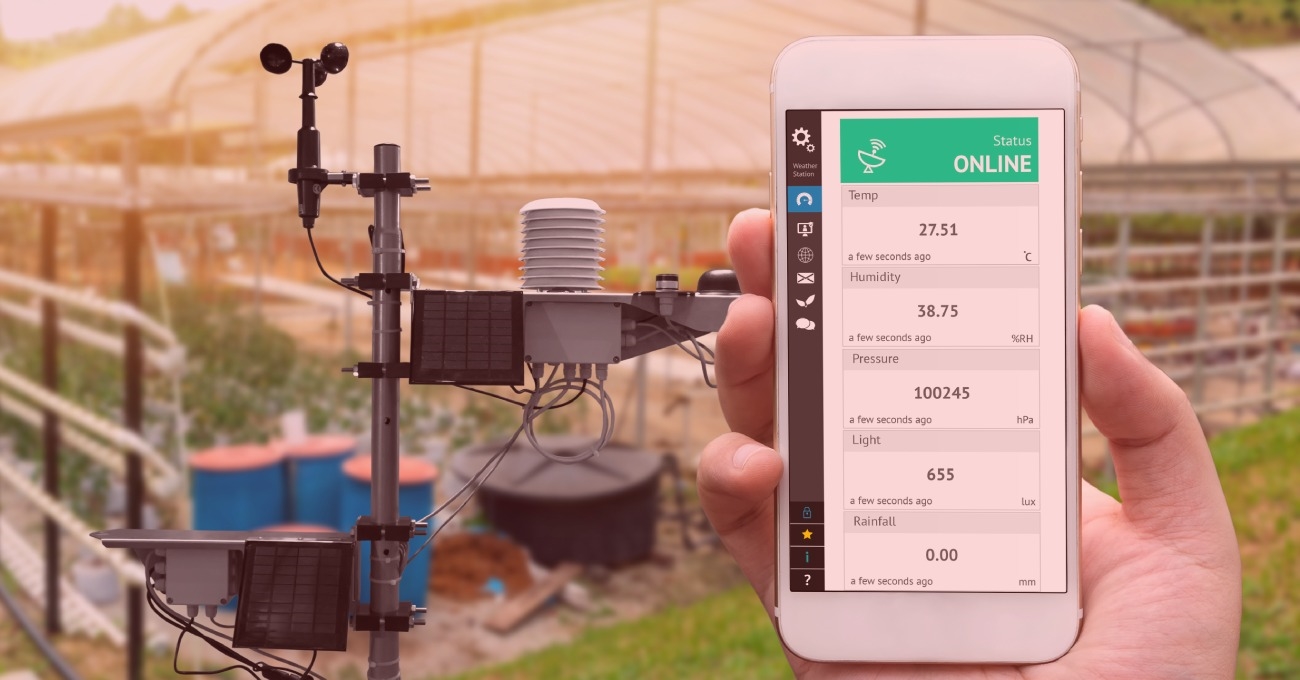Introduction
As the number of IoT devices continues to grow, communication and connectivity among these devices have become an important consideration. Communication is fundamental to IoT, whether using short-range wireless links or mobile communication technologies. Protocols are especially important: they define the rules and conventions that entities must follow to exchange data or provide services.
This article presents several IoT communication protocols with different characteristics in performance, data rate, range, power consumption, and memory footprint. Each protocol has its own advantages and limitations. Some are better suited to small household appliances, while others can be deployed in large smart-city projects.
IoT communication protocols can be divided into two main categories:
- Access protocols: responsible for networking and communication among devices within a subnet.
- Communication/transport protocols: typically operate on top of the traditional Internet TCP/IP stack and handle data exchange between devices over the Internet.
1. Long-range cellular communication
1.1 2G/3G/4G
2G, 3G, and 4G refer to the second, third, and fourth generations of mobile communication systems. They provide wide-area connectivity and are widely used for mobile data and voice services.
1.2 NB-IoT
NB-IoT (Narrowband IoT) is an LPWA technology standardized for IoT applications. It is built on cellular networks and uses roughly 180 kHz of bandwidth. NB-IoT can be deployed within GSM, UMTS, or LTE networks to reduce deployment cost and facilitate upgrades. It targets low-power wide-area IoT markets and offers wide coverage, high device density, low cost, low power consumption, and a simple architecture.
Typical applications include smart parking, fire detection, smart water systems, smart street lighting, shared bicycles, and smart appliances.
1.3 5G
5G is the fifth generation of mobile communication technology. Its performance goals include higher data rates, reduced latency, improved energy efficiency, lower cost per bit, increased system capacity, and massive device connectivity.
Potential applications include AR/VR, vehicle-to-everything services, smart manufacturing, smart energy, wireless healthcare, wireless home entertainment, connected drones, ultra-high-definition live streaming, AI-assisted personal services, and smart-city deployments.
2. Long-range non-cellular communication
2.1 WiFi
With the widespread adoption of home WiFi routers and smartphones, WiFi is widely used in the smart home domain. WiFi's advantage is direct Internet access. Compared with ZigBee, WiFi-based smart-home solutions can avoid an additional gateway. Compared with Bluetooth, they avoid reliance on mobile terminals such as phones.
Commercial WiFi deployments in urban public transportation, shopping malls, and other public places demonstrate its large-scale application potential.
2.2 ZigBee
ZigBee is a low-rate, short-range wireless communication protocol designed for reliable data transfer. Its main characteristics are low data rate, low power consumption, low cost, support for a large number of network nodes, multiple network topologies, low complexity, quick response, reliability, and security. ZigBee is suited to short-range wireless connections and has become a mainstream technology in IoT, with large-scale applications in industrial, agricultural, and smart-home fields.
2.3 LoRa
LoRa (Long Range) is a modulation technology that provides longer communication distances compared with many alternatives. LoRa is used in gateways and devices for smoke detection, water monitoring, infrared detection, tracking, smart plugs, and other IoT products. As a narrowband wireless technology, LoRa can also be used for time-difference-based geolocation. Typical use cases include smart-city and traffic monitoring, metering and logistics, and agricultural monitoring.
3. Short-range communication
3.1 RFID
RFID stands for Radio Frequency Identification. It enables contactless data communication between a reader and a tag to identify targets. RFID has many applications, such as animal tagging, vehicle immobilizers, access control, parking management, production-line automation, and materials management. A complete RFID system consists of a reader/writer, electronic tags, and a data management system.
3.2 NFC
NFC, or Near Field Communication, is derived from RFID combined with wireless interconnect technologies. It provides a secure and convenient communication method for a growing number of consumer electronic products. The "near field" refers to close-proximity electromagnetic field communication.
Typical NFC applications include access control, attendance, visitor management, conference check-in, and patrol logging. NFC supports both human-device and device-to-device interactions.
3.3 Bluetooth
Bluetooth is an open standard for short-range wireless data and voice communication. It enables low-cost, short-distance connections among mobile phones, PDAs, wireless headsets, laptops, and related peripherals. Bluetooth simplifies communication between mobile devices and can facilitate Internet access for devices, improving data transfer efficiency.
4. Wired communication
4.1 USB
USB, Universal Serial Bus, is an external bus standard that specifies cables, connectors, and protocols for connecting and transferring data between computers and peripheral devices. It is a common interface technology in the PC domain.
4.2 Serial port protocols
Serial port protocols define packet structures that include start bits, payload data, parity bits, and stop bits. Both parties must agree on packet formats to transmit and receive data correctly. Common serial protocols include RS-232, RS-422, and RS-485.
Serial communication transfers data bit by bit over a small number of wires. It can reduce wiring cost for long-distance links, but its throughput is lower than that of parallel transmission. Serial ports are commonly used in instrumentation and industrial equipment.
4.3 Ethernet
Ethernet is a local area network technology. The IEEE 802.3 standard defines Ethernet technical specifications, including physical wiring, signaling, and the media access control layer.
4.4 M-Bus
M-Bus (Meter-Bus) is a European two-wire bus standard for remote meter reading, primarily used for consumption meters such as heat meters and water meters.
Network and transport layer protocols
IPv4
Internet Protocol version 4 is the fourth revision of the IP protocol and has been the most widely deployed version. IPv4 remains the dominant network-layer protocol on the Internet.
IPv6
Internet Protocol version 6 was developed to address IPv4 address exhaustion. IPv6 expands the available address space and helps accommodate many more connected devices.
TCP
TCP, the Transmission Control Protocol, is a connection-oriented, reliable, byte-stream transport-layer protocol. TCP provides reliable communication services for applications across diverse and interconnected networks, assuming only an underlying datagram service from lower layers.
6LoWPAN
6LoWPAN defines how to carry IPv6 packets over IEEE 802.15.4-based low-rate wireless personal area networks. It enables IPv6 for constrained wireless devices.
Application layer protocols
MQTT
MQTT (Message Queuing Telemetry Transport) is a lightweight publish/subscribe messaging protocol designed for constrained environments with low bandwidth, high latency, or unreliable networks. It is widely used for machine-to-machine communication and IoT scenarios, including satellite links, intermittently connected medical devices, smart homes, and small devices.
CoAP
CoAP (Constrained Application Protocol) is a web-like protocol for constrained devices. It is suitable for remote control and monitoring of small, low-power sensors, switches, valves, and similar components over standard Internet networks. Servers may choose not to respond to unsupported methods or content types.
REST/HTTP
RESTful design is a resource-oriented software architecture style. Resources are entities on the network, such as an image or a song. REST is commonly implemented over HTTP, an application-layer protocol characterized by simplicity and speed. An API designed according to REST principles is called a RESTful API.
DDS
DDS (Data Distribution Service) is a middleware protocol for distributed, real-time data distribution. It functions in distributed real-time networks similarly to how TCP/IP functions for packet delivery, providing a data-distribution layer suitable for real-time systems.
AMQP
AMQP (Advanced Message Queuing Protocol) is an open application-layer protocol for message-oriented middleware. It provides a standard way for clients and messaging middleware to exchange messages regardless of vendor, programming language, or platform. Implementations include brokers such as RabbitMQ.
XMPP
XMPP is a protocol based on a subset of XML and is highly extensible. Extended XMPP can handle user requests, content distribution systems, and other address-based services by sending extended messages.
Protocol comparisons
NB-IoT vs LoRa
Frequency band. LoRa operates in unlicensed bands below 1 GHz and typically does not require licensing fees. NB-IoT and other cellular technologies use licensed bands and require operator service fees.
Battery life. LoRa devices can achieve long battery life and have characteristics that handle interference, network overlap, and scalability. Cellular protocols such as NB-IoT aim for quality-of-service considerations and may not always match the battery life achievable with LoRa.
Device cost. LoRa end nodes tend to be simpler and easier to develop for, with broad microcontroller compatibility. Low-cost, mature LoRa modules are widely available on the market.
Network coverage and deployment. The NB-IoT standard was finalized in 2016; commercial roll-out and ecosystem build-out require continued industry effort. LoRa's ecosystem is relatively mature, and national or regional deployments have been completed or are in progress in many countries.
Bluetooth vs WiFi vs ZigBee
WiFi is widely adopted and prevalent in homes. ZigBee offers low power consumption and self-healing mesh networking. Ultra-wideband provides high data rates. Bluetooth is easy to set up and is suitable for short-range connections. No single technology meets all smart-home requirements.
Bluetooth enables short-range wireless communication, but its protocol complexity, comparatively higher power consumption, and costs can limit use in low-cost, low-power industrial control and home automation. Typical effective range is around 10 meters, and limitations in interference resistance and security can constrain large-scale deployments.
WiFi provides mobility and ready Internet access, making it suitable for office and home environments. However, WiFi can be susceptible to interference because it transmits and receives data over radio waves in shared spectrums.
ZigBee is an international wireless standard where each network can support a large number of nodes, making it suitable for home, industrial, and agricultural use. ZigBee offers low power consumption and low cost, which are advantageous for many IoT deployments.
MQTT vs CoAP
MQTT is a many-to-many publish/subscribe protocol that uses a broker to decouple producers and consumers. Clients publish messages to a broker, which routes and copies messages to subscribers. MQTT supports some persistence features and functions as a real-time data bus.
CoAP is primarily a point-to-point protocol for transferring state information between clients and servers. Although CoAP supports resource observation, it is better suited to state-transfer models than to pure event-driven many-to-many messaging.
 ALLPCB
ALLPCB








